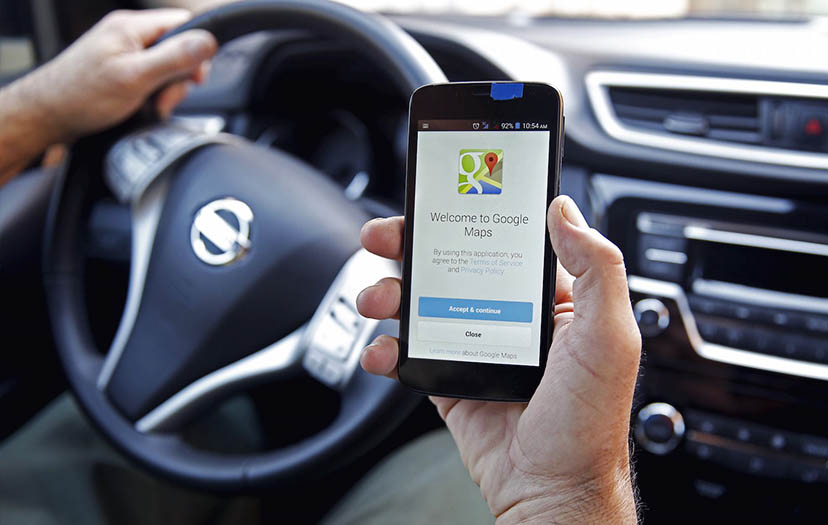The feature was first noted by Android Police, a technology blog that covers the Android ecosystem. It’s well hidden within the Google Maps app, and LifeHacker explains how you can activate it.
If you’re a frequent Google Maps user, “Driving Mode” will be useful. It’ll try and predict your destination, preload the best driving route available, and keep you updated with travel updates. Google Maps would pull your home and work address—which many users save in the app—and places you’ve recently searched for too. It’ll also utilize its data on your usual driving routes to try and figure out where you’re headed. So, if you typically drive home after work around 6pm, Google Maps will remember that and pull up directions to your house automatically.
Predictive services make Google’s apps more powerful and useful for users, but Google gets something out of it too: a treasure trove of valuable data. Google will start to recognize where you want to go, and when, and the more people use the feature, the better it gets. The data can also potentially be used to fuel Google’s ambitions in the self-driving car market too.
Of course, the feature comes with a sacrifice: your privacy. With Google Maps collecting information on when and where you’re headed, “Driving Mode” will seem creepy to some. Yet, without all that data, predictive services would be useless.
Google’s been working on a self-driving car for years, now, but things have kicked into high gear over the past few months. In Sept 2015, the unit hired the former CEO of Hyundai U.S. as its CEO and Bloomberg reported that the self-driving division was leaving Google X labs to be a full fledged company under Alphabet in 2016. Collecting data like this is important to make self-driving cars more accurate and safer.
With Google reportedly thinking about using its self-driving cars for an Uber-like taxi service, it isn’t hard to imagine a Google Car picking you up at work and dropping you off at home autonomously, based on your past travel data. With major players like Tesla already shipping semi-autonomous cars, data from Google Maps could give the company an advantage.








